If you’re someone who enjoys woodworking, metalworking, or any kind of crafting that involves smoothing surfaces, then you’ve likely come across sandpaper at some point. Sandpaper comes in a variety of grits, or levels of abrasiveness, and one of the most commonly used is 400 grit sandpaper.
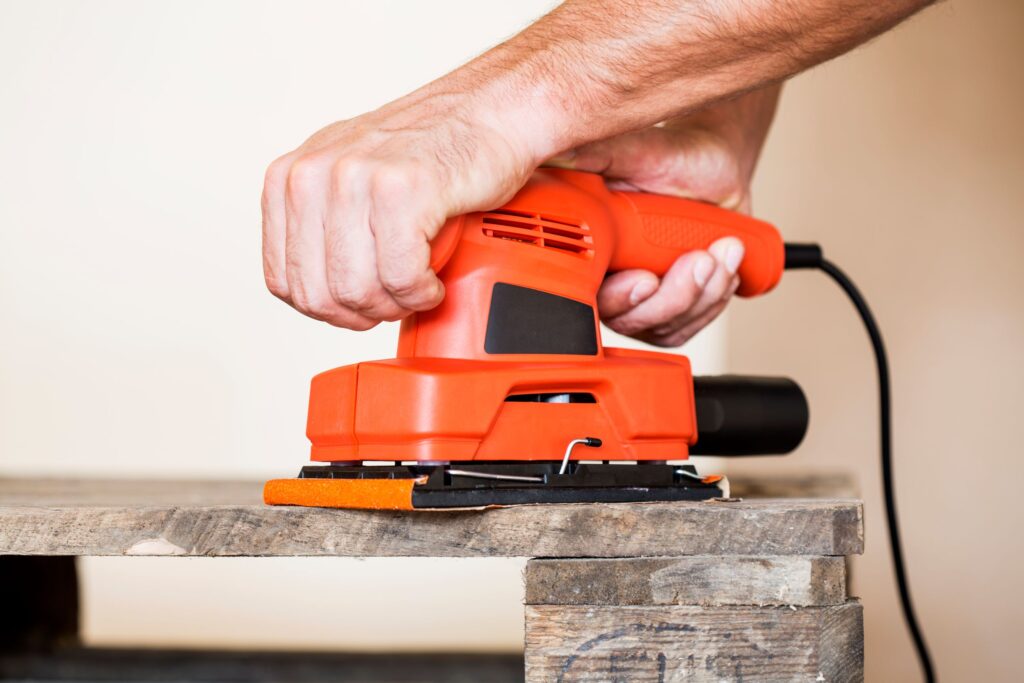
- Smoothing wood surfaces: If you’re working with wood and you want a smooth surface, 400 grit sandpaper is a good choice. It can help to remove small imperfections, such as bumps or rough spots, and leave you with a silky smooth finish.
- Preparing surfaces for painting: When you’re preparing a surface for painting, it’s important to have a smooth and clean surface. This grit can help to remove any roughness or bumps, making it easier for the paint to adhere properly.
- Sanding between coats: If you’re applying multiple coats of a finish, such as varnish or lacquer, it’s important to sand between coats to ensure a smooth and even finish. 400 grit sandpaper is often used for this purpose.
- Smoothing metal surfaces: If you’re working with metal, this grit of sandpaper can be used to smooth out any rough spots or imperfections. This can be especially useful if you’re working on a metal object that will be visible, such as a piece of jewelry.
- Removing rust or paint: If you’re trying to remove rust or paint from a metal surface, 400 grit sandpaper can be a good choice. It’s not as abrasive as some other grits, so it’s less likely to damage the metal underneath.
Overall, sandpaper is a versatile tool that can be used for a variety of finishing and smoothing tasks. Whether you’re working with wood, metal, or other materials, having the proper grit of sandpaper on hand can be a helpful addition to your toolkit. Check this out if you want to learn more about sandpaper for woodworking.






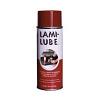




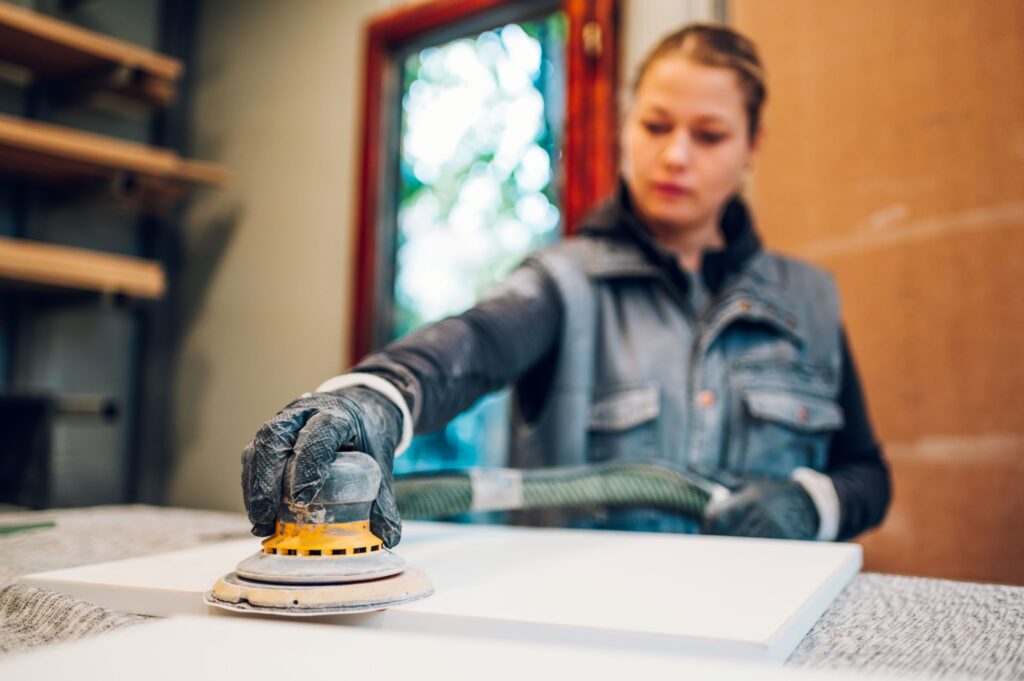
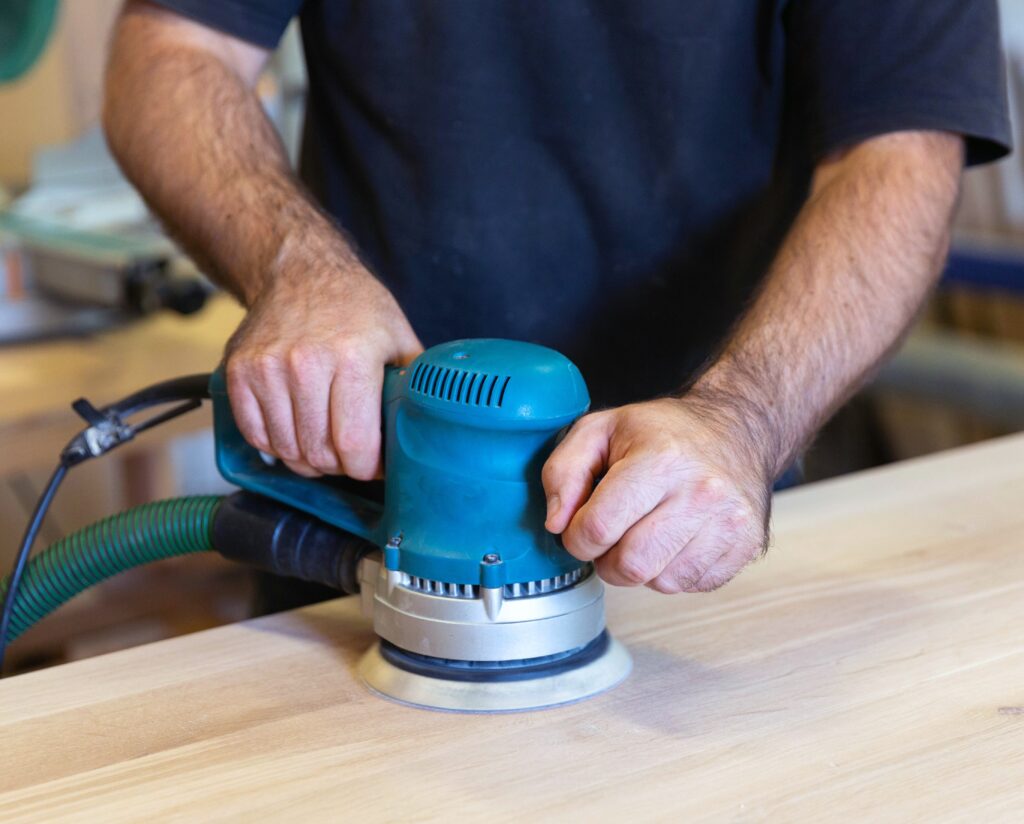

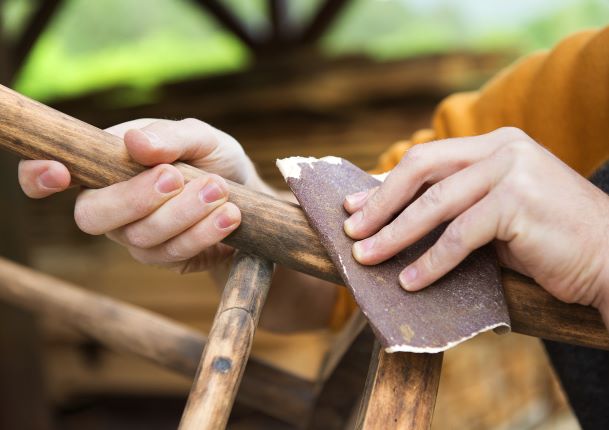

 Do Not Sell My Personal Information
Do Not Sell My Personal Information